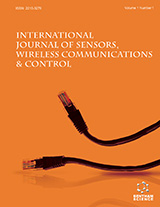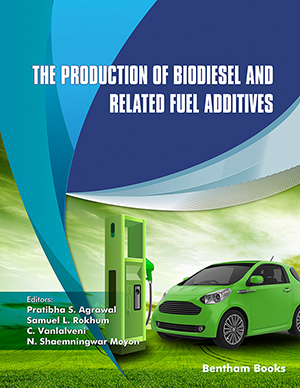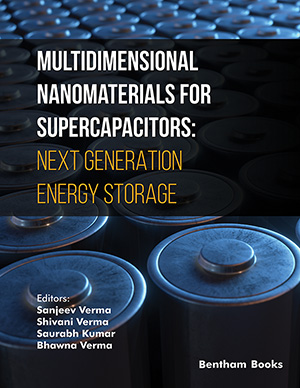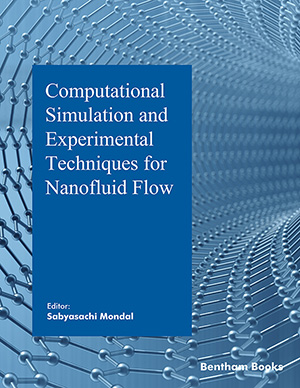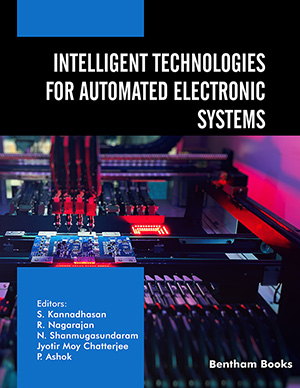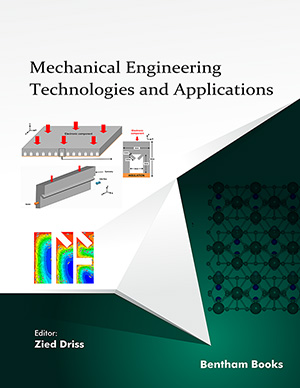Abstract
Background: The increasing demand for electricity, coupled with an imbalanced supply and demand, population growth, and climate change, has prompted the shift from conventional to non-conventional energy systems. However, the unreliability and intermittency of the latter pose a challenge to their feasibility. To address this challenge, a proposal has been made to explore the combination of two renewable energy sources (RES) using a unique DC-DC converter topology, with the aim of meeting the load demand in a sustainable and efficient manner.
Objective: The focus of this research was to explore solutions for the challenges associated with operating RES independently, including issues with intermittency, weather dependence, and meeting load demands. The proposed hybrid system features exclusively RES, offering a promising approach to reducing carbon footprint. Ultimately, we aimed to develop a CUK-SEPIC-based converter that can effectively integrate two independent RES to satisfy the load demand of a standalone application.
Method: Effective hybrid power generation through RES is a complex challenge, but it has been found that combining solar and biomass energy sources is one of the best options for achieving this goal. To tap into these sources, it is essential to have a suitable power electronic converter, and the CUK-SEPIC converter has been chosen for its many benefits. The features of this converter have been described in detail. The integration of solar and biomass energy sources is achieved using this converter, which has been designed and mathematically modeled in the MATLAB/Simulink environment to ensure optimal performance. To validate the effectiveness of the proposed converter, a comparison with existing power electronic converters has been done using the MATLAB/Simulink platform.
Results: The hybrid power generation system model has been comprehensively developed in this work using the sophisticated MATLAB/Simulink environment. The input and output parameters have been diligently estimated through an extensive simulation process. The research has yielded valuable insights, indicating that the CUK-SEPIC converter exhibits an impressive power conversion efficiency of 96.57%, along with an overall step-up ratio of 5.25 and significantly reduced ripple content.
Conclusion: Upon conducting a comprehensive analysis of the CUK-SEPIC DC-DC converter, it has been observed that the proposed system exhibits significant promise in rectifying the reliability issues commonly associated with renewable energy power generation. Therefore, it is recommended that this system be considered for implementation in rural electrification initiatives. Furthermore, it is worth noting that this system represents one of the most recent developments in the field of renewable energy power generation technology and can be considered as one of the patents in engineering.
Keywords: Renewable energy sources, hybrid power generation, solar biomass combination, CUK-SEPIC converter, rural electrification, DC-DC converter.









